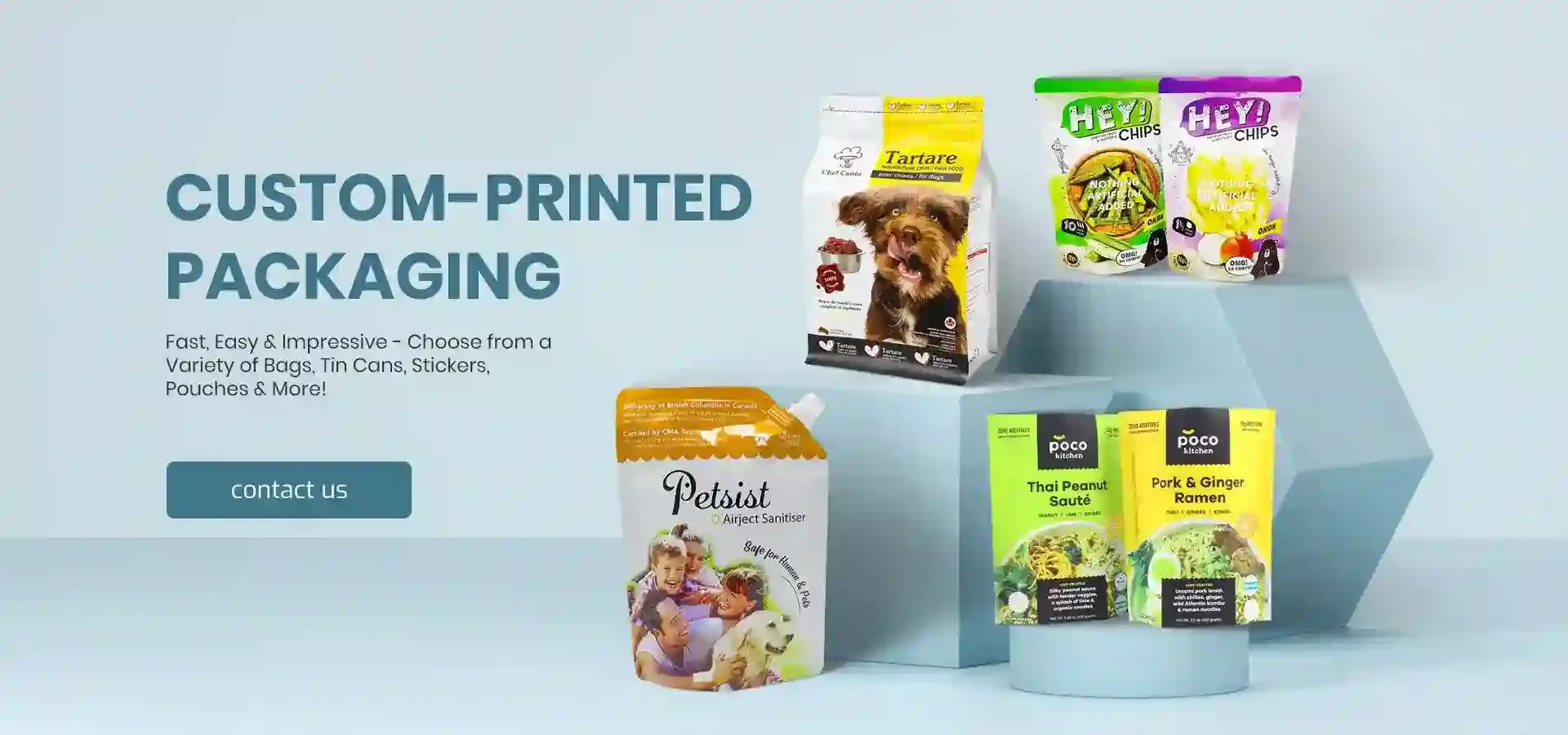debossing stamp
The Art and Craft of Debossing Elevating Design Through Texture
In the realm of design, texture plays a pivotal role in how an item is perceived and experienced. One of the most sophisticated techniques for incorporating texture into various materials is debossing. This method not only enhances aesthetic appeal but also adds a tactile dimension that can significantly influence consumer interaction. In this article, we will explore the intricacies of debossing, its applications across different industries, as well as its enduring impact on product design.
What is Debossing?
Debossing is a process that involves pushing a design or pattern into a material, such as leather, paper, or fabric, creating a recessed effect. Unlike embossing, which raises the design above the surface, debossing creates a sunken impression. This subtle yet impactful technique is often used in high-end products to convey luxury and sophistication.
The debossing process typically requires a metal die that is engraved with the desired design. This die is heated and pressed into the selected material with considerable force. The result is a clean and precise image that appears as an integral part of the item. Depending on the depth and pressure used, the technique can create varying levels of visibility and texture.
Applications of Debossing
Debossing finds its home in numerous sectors, particularly in fashion, packaging, and stationery. In the fashion industry, premium leather goods often feature debossed logos or patterns, providing an elegant touch that speaks to quality. Luxury brands utilize this technique not only on handbags but also on belts, wallets, and footwear, enhancing the perceived value of their products.
In packaging, debossing is frequently employed to create eye-catching designs that stand out on the shelf. A debossed logo on a box or label adds a tactile element that invites consumers to touch the product. This sensory interaction can enhance customer engagement, making the product more memorable. Brands use debossing to differentiate themselves in a crowded market, conveying a message of elegance and attention to detail.
debossing stamp

The stationery industry has also embraced debossing, particularly for items such as business cards, invitations, and notebooks. A debossed logo on a business card not only captures attention but also leaves a lasting impression. The tactile quality of debossing makes these items feel special, lifting them above the ordinary and providing recipients with a sense of luxury.
The Benefits of Debossing
The advantages of debossing extend beyond aesthetic appeal. First and foremost, it is a durable technique that withstands the test of time. Unlike printed designs that may fade or smudge, debossed patterns remain intact even after prolonged use. This longevity makes debossing an excellent choice for products expected to endure daily wear and tear.
Moreover, debossing is environmentally friendly compared to some other methods. It often requires fewer chemicals than printing processes, making it a sustainable option for eco-conscious brands. Additionally, the technique is versatile, allowing for a wide range of designs, from intricate patterns to simple text. This fluidity enables designers to express their creativity while meeting the needs of their specific market.
Conclusion
Debossing is more than just a design element; it is an art form that adds depth and character to products across various industries. Its ability to merge function with aesthetic appeal makes it a favored choice among designers and consumers alike. As competition continues to intensify in markets worldwide, the importance of standing out through innovative design techniques like debossing cannot be overstated. Ultimately, debossing exemplifies how a simple tactile enhancement can transform an ordinary item into an extraordinary experience, inviting users to appreciate both its beauty and craftsmanship.
In a world that increasingly values the sensory experience of products, debossing emerges as a timeless method that marries texture with elegance, ensuring that the art of design continues to evolve and inspire.













